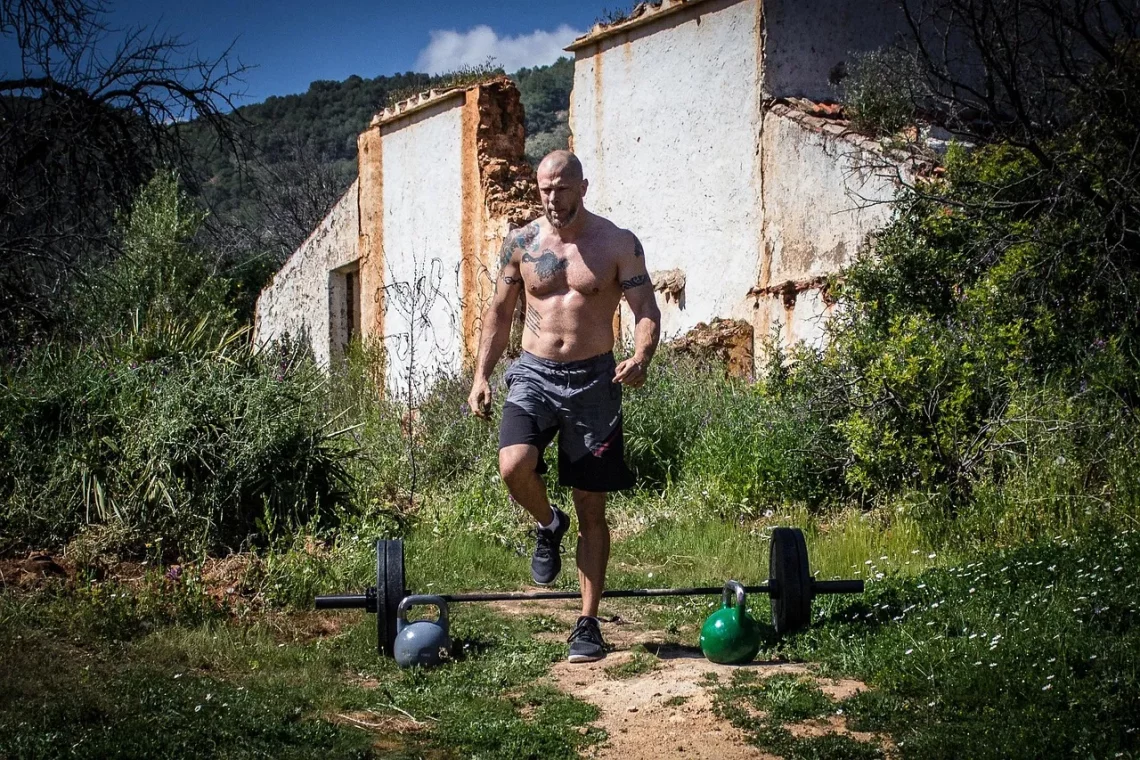
The Essential Guide to Choosing a Ladies Weight Lifting Belt
Choosing the right weight lifting belt is crucial for women who are serious about their training. A proper weight lifting belt not only enhances performance but also provides essential support to the lower back and core during heavy lifts. As more women embrace strength training, the demand for specialized gear has grown, leading to an array of options that cater specifically to female lifters.
Understanding the unique anatomy and lifting needs of women is vital when selecting a belt. Unlike traditional belts designed primarily for men, ladies’ weight lifting belts often feature designs and sizes that accommodate the female body better. The right belt can help avoid injuries and improve overall lifting technique, making it an essential piece of equipment for both beginners and seasoned athletes alike.
In this guide, we will explore various aspects of choosing a ladies weight lifting belt, including the types available, the materials used, and key features to look for. By the end of this article, you will have a clearer understanding of what to consider when making your purchase, ensuring that your lifting experience is not only more effective but also safer.
Understanding Different Types of Weight Lifting Belts
When selecting a weight lifting belt, it’s important to understand the different types available on the market. Each type serves a specific purpose and caters to various lifting styles and preferences.
The most common types of weight lifting belts include leather belts, nylon belts, and neoprene belts. Leather belts are often favored for their durability and support. They usually come with a single or double prong buckle for a secure fit. These belts typically have a thickness of 10mm to 13mm, providing excellent support for heavy lifts.
Nylon belts, on the other hand, are lightweight and flexible, making them a popular choice for beginners or those who prefer a less rigid option. They often have adjustable Velcro straps for easy fitting and removal. While they may not provide the same level of support as leather belts, they can be a great alternative for lighter lifting or as a supplementary option for accessory exercises.
Neoprene belts are another option, known for their comfort and moisture-wicking properties. They are often used for activities such as CrossFit or high-intensity training, where flexibility and comfort are essential. While they provide some support, they may not be suitable for maximal lifts.
In addition to the material, consider the width and thickness of the belt. A wider belt generally offers more support, especially during heavy lifts, while a thinner belt can provide more flexibility for dynamic movements. Each type of belt has its pros and cons, so it’s essential to consider your lifting goals and personal preferences when choosing the right one.
Key Features to Look for in a Ladies Weight Lifting Belt
When shopping for a ladies weight lifting belt, several key features should guide your decision-making process. Understanding these features will help ensure that you select a belt that meets your specific lifting needs and preferences.
First and foremost, consider the fit and adjustability of the belt. A properly fitting belt should sit snugly around your waist without being too tight or restrictive. Look for belts that offer various sizes and adjustable options, such as Velcro or multiple prong buckles. A good fit will help maintain optimal support during lifts and prevent unnecessary discomfort.
Next, pay attention to the width and thickness of the belt. A wider belt provides greater coverage and support for the lower back, which is crucial during heavy lifts. Most lifting belts range from 3 inches to 6 inches in width. Thicker belts, typically around 10mm to 13mm, offer more rigidity, while thinner belts provide more flexibility. The choice between these options will depend on your lifting style and personal comfort.
Another important feature to consider is the material of the belt. Leather belts, while durable and supportive, may require a break-in period to achieve maximum comfort. Nylon and neoprene belts, on the other hand, often provide immediate comfort but may not offer the same level of support for heavy lifting. Assess your training style and the environments in which you will be lifting when choosing the material.
Lastly, take note of additional features such as padding, stitching quality, and the presence of a lumbar support mechanism. Some belts come with extra padding for enhanced comfort, while others may offer unique designs that ensure stability and support during lifts. These features can significantly impact your overall experience, so choose wisely.
How to Properly Use a Weight Lifting Belt
Once you’ve chosen the right ladies weight lifting belt, understanding how to use it effectively is crucial for maximizing its benefits. Proper usage not only enhances your lifting performance but also helps prevent injuries.
First, ensure that you are wearing the belt at the correct height. The belt should rest around your waist, just above your hip bones. It should be snug but not overly tight; you should be able to breathe comfortably. The placement of the belt is important, as it provides support to your core and lower back while allowing for proper movement.
Before lifting, take a moment to engage your core. This involves tightening your abdominal muscles and creating intra-abdominal pressure. When you wear the belt, it should assist in this process by providing a solid base of support. As you prepare to lift, breathe deeply into your diaphragm, filling your abdomen rather than your chest. This tactic enhances stability and ensures that the belt performs its job effectively.
During heavy lifts, maintain a proper lifting technique. Ensure that your back is straight and your core is engaged throughout the movement. The belt is there to support you, but it should not replace proper form. Relying solely on the belt can lead to poor lifting habits and increase the risk of injury.
Finally, remember that the belt is not necessary for every lift. Use it primarily for heavy lifts like squats, deadlifts, and overhead presses. For lighter exercises or accessory movements, consider removing the belt to promote natural core engagement and strengthen stabilizing muscles.
By understanding how to properly use your weight lifting belt, you can enhance your training experience and achieve your fitness goals more safely and effectively.
Common Misconceptions About Weight Lifting Belts
Despite their growing popularity, weight lifting belts are often surrounded by misconceptions that can deter individuals from using them effectively. It’s important to address these myths and understand the true purpose of a lifting belt.
One common misconception is that wearing a belt will weaken your core muscles. While it’s true that a belt provides external support, it does not negate the need for core strength. In fact, using a belt correctly can promote better lifting mechanics and help you lift heavier, which may ultimately contribute to core strength development. It’s essential to balance belt usage with core exercises to ensure optimal strength and stability.
Another myth is that belts are only necessary for advanced lifters. In reality, beginners can benefit from using a lifting belt, especially when they start lifting heavier weights. A belt can provide the necessary support to maintain proper form and prevent injuries, making it a valuable tool for lifters of all levels. However, novices should first focus on mastering their technique and building confidence before relying solely on a belt.
Some people also believe that all weight lifting belts are created equal. However, the reality is that belts come in various sizes, materials, and designs. Not all belts provide the same level of support or comfort, so it’s crucial to find one that fits your specific needs. Investing in a quality belt tailored for women’s anatomy can significantly improve your lifting experience.
Lastly, there is a notion that belts are a crutch. While some may view a lifting belt as a dependency, it is merely a tool designed to enhance performance and safety. Just like any other piece of gym equipment, a belt should be used strategically to complement your training regimen and should not replace the fundamentals of strength training.
In conclusion, understanding the realities of weight lifting belts can help you make informed decisions and utilize them effectively in your training routine.
**Note:** This article is for informational purposes only and should not be considered medical advice. Always consult with a healthcare professional before making any changes to your exercise regimen, especially if you have health concerns or pre-existing conditions.




